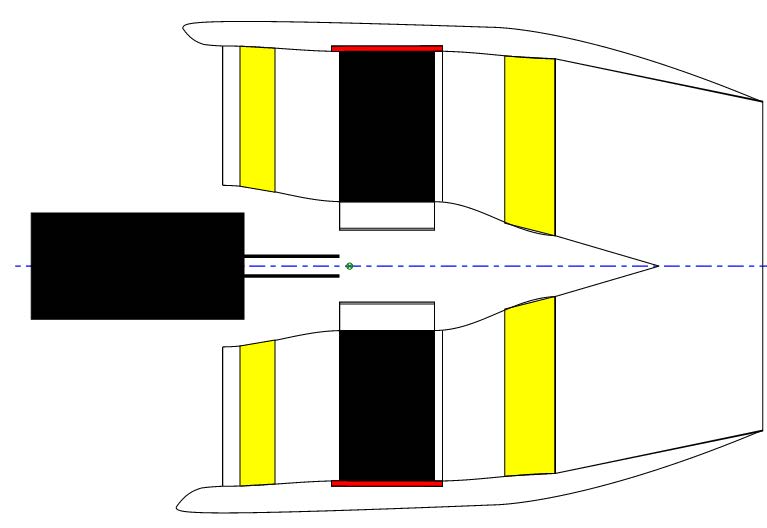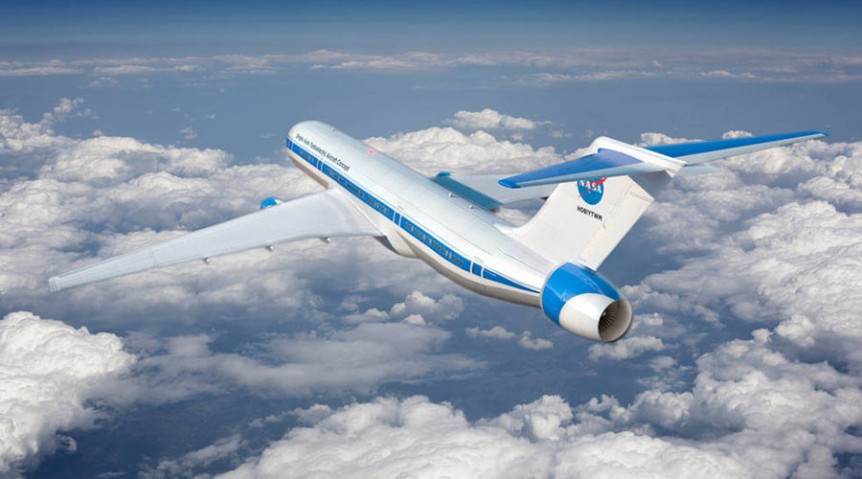Hybrid and electric cars sell because they lower operating costs for the owner. Designers and manufacturers sort out ways to increase efficiency, including streamlining, using low-rolling-resistance tires, and making structures lighter. An added technology, boundary layer ingestion (BLI) may add to aircraft efficiency. NASA and industry leaders are working on equivalent solutions for aircraft, and airplanes will end up as different from today’s designs as Toyota Priuses and BMW i3s are from Ford Falcons or Chevrolet Corvettes. NASA proclaims, “An aviation renaissance, one focused on energy efficiency and economic impact, is on the horizon, and it’s changing how engineers look at aircraft power and design.” Jim Heidmann, a manager of NASA’s Advanced Air Transport Technology Project (AATT), says, “I feel we are at a tipping point in commercial aviation. We are exploring and developing game-changing technologies and concepts for aircraft and propulsion systems that can dramatically improve efficiency and reduce environmental impact and accelerate the introduction of new aircraft.” Think of …
Electric Jet Hybrids – Big and Small
NASA’s Glenn Research Center reviews the prevalence of fossil fuels in keeping us flying for over a century. “Since the beginning, commercial planes have been powered by carbon-based fuels such as gasoline or kerosene. While these provide the energy to lift large commercial jets into the world’s airspace, electric power is now seen as a new frontier for providing thrust and power for flight.” Noting the use of hybrid and turboelectric power used to increase efficiency in cars, boats and trains, NASA has set a goal “to help the aircraft industry shift from relying solely on gas turbines to using hybrid electric and turboelectric propulsion in order to reduce energy consumption, emissions and noise.” This would require a large shift in propulsion and overall aircraft design and Jim Heidmann, manager for NASA’s Advanced Air Transport Technology project reflects on those changes. “Moving toward alternative systems requires creating new aircraft designs as well as propulsion systems that integrate battery technologies and …


